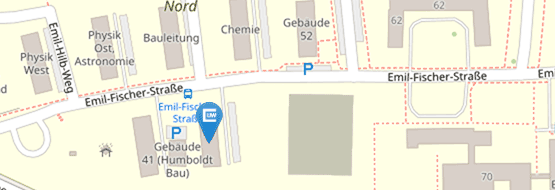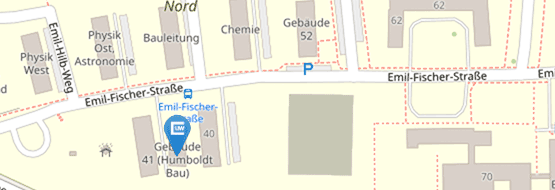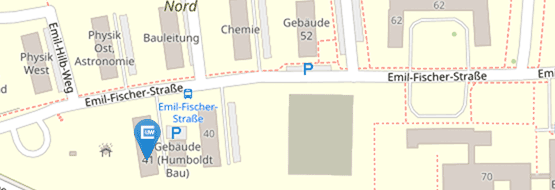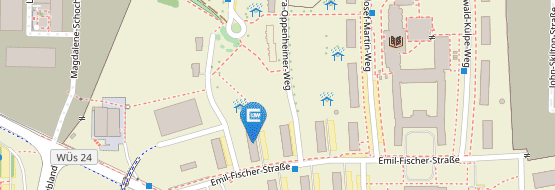Seminarreihe "structure preserving numerical methods for hyperbolic equations" im Oberseminar Mathematische Strömungsmechanik: Elena Gaburro, Lagrangian schemes with topology changes and well balanced techniques for the solution of hyperbolic PDEs
| Datum: | 05.11.2020, 09:30 - 10:15 Uhr |
| Kategorie: | Seminar, Veranstaltung |
| Vortragende: | Elena Gaburro |
This talk is part of the seminar series "structure preserving numerical methods for hyperbolic equations", click here for more details
Abstract:
In our work we develop new numerical methods able to preserve also at the discrete level some adjoint constraints of the PDE systems connected to the physics of the studied problem or to its geometry, such as equilibria, asymptotic limits or material interfaces. Our strategy considers in particular two directions: the use of well balanced techniques able to preserve up to machine precision the equilibria of the studied systems, and the Lagrangian schemes where the mesh moves with the fluid flows to reduce the errors due to convection and precisely track material interfaces. In particular, in this talk we present a new family of very high order accurate direct ArbitraryLagrangian-Eulerian (ALE) Finite Volume (FV) and Discontinuous Galerkin (DG) schemes for the solution of general nonlinear hyperbolic PDE systems on moving Voronoi meshes that are regenerated at each time step and which explicitly allow topology changes in time, in order to benefit simultaneously from high order methods, high quality grids and substantially reduced numerical dissipation [1, 2]. A variant of this algorithm [4] is also coupled with well balanced techniques for the Euler equations of gasdynamics with gravity leading to an extremely low dissipative scheme able to capture physical instabilities of a Keplerian disk without them being hidden by spurious numerical oscillations [3]. The talk is closed with an outlook to future application of well balancing in the field of general relativity though the fully coupled Einstein-Euler system (FO-CCZ4+GRMHD), where the matter source terms are given in a self-consistent manner by solving the GRMHD equations, coupled with the FO-CCZ4 formulation of the Einstein field equations for evolving the metric of the space-time [5] .
References
[1] E. Gaburro, Archives of Computational Methods in Engineering (2020).
[2] E. Gaburro, W. Boscheri, S. Chiocchetti, C. Klingenberg, V. Springel, M. Dumbser, Journal of Computational Physics (2020).
[3] E. Gaburro, M.J. Castro, M. Dumbser, Monthly Notices of the Royal Astronomical Society (2018).
[4] E. Gaburro, M. Dumbser and M.J. Castro, Computer and Fluids (2017).
[5] E. Gaburro, M.J. Castro, M. Dumbser, in preparation (2020).
via Zoom video conference (request the Zoom link from klingen@mathematik.uni-wuerzburg.de)






